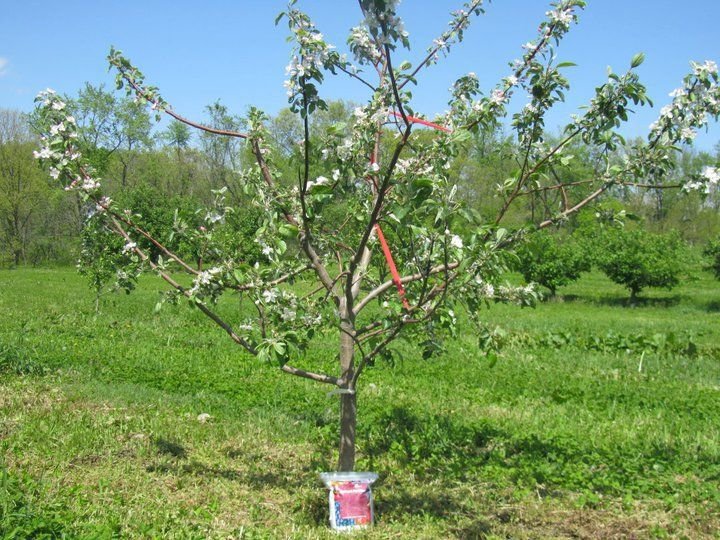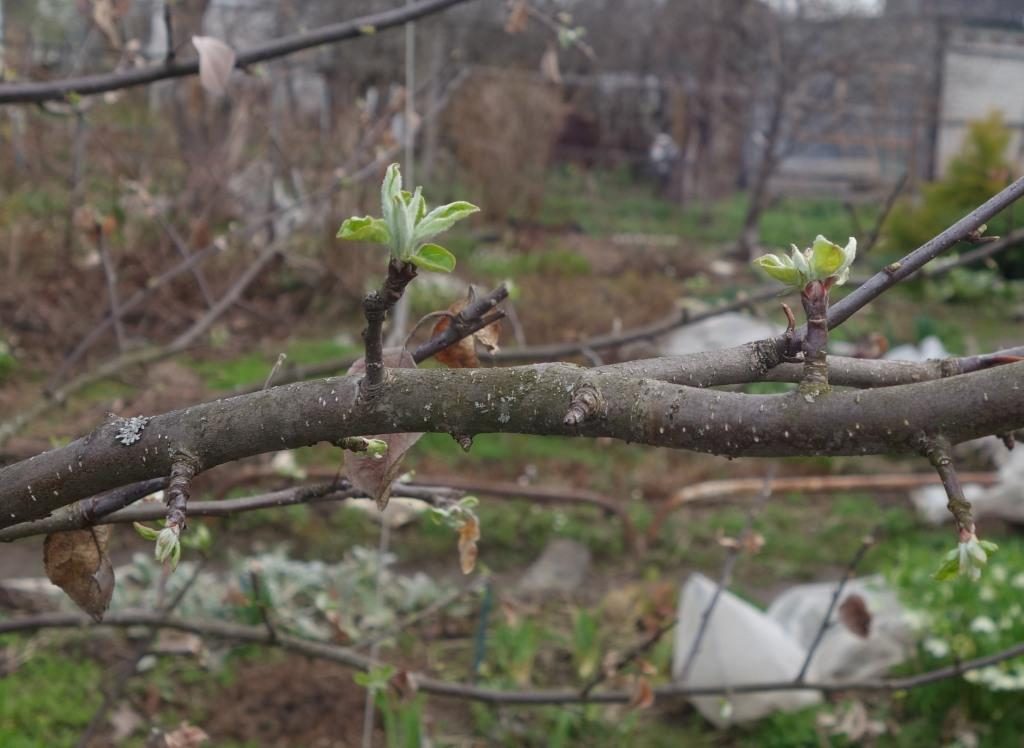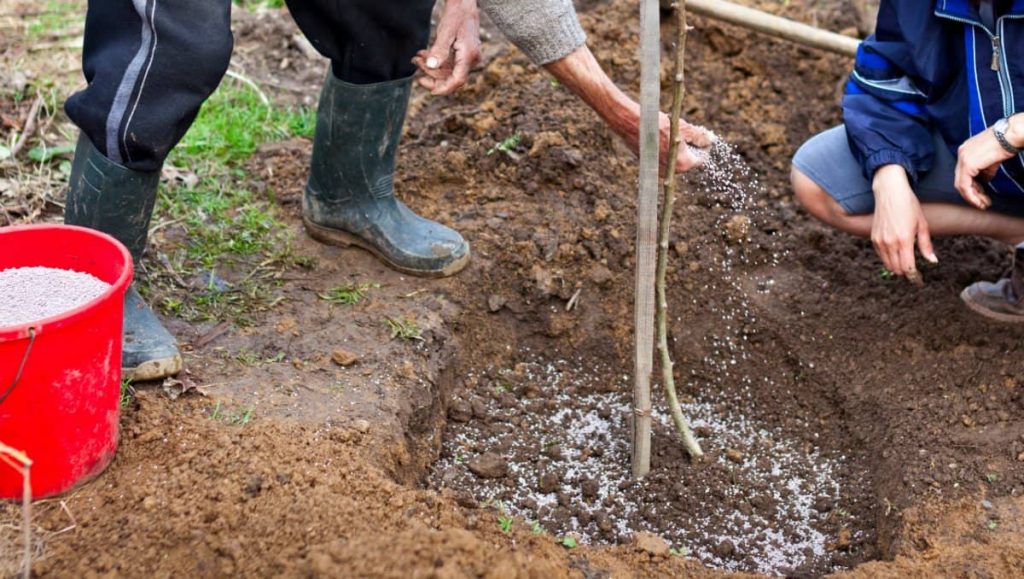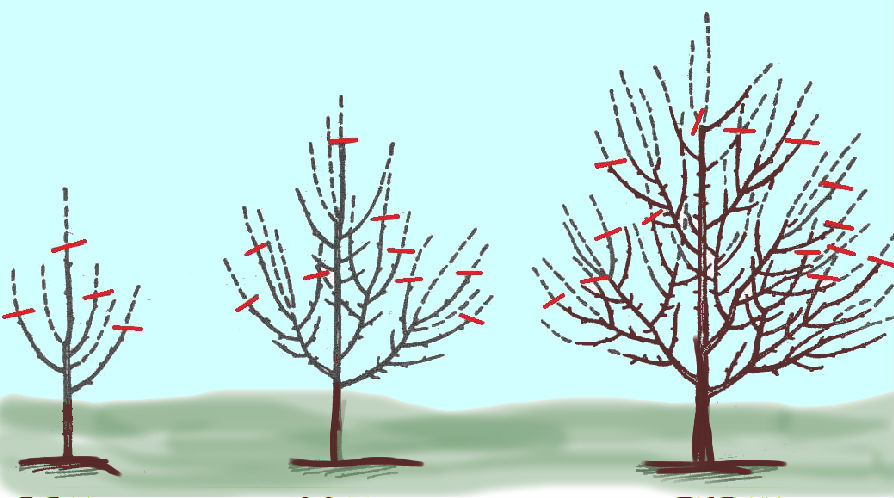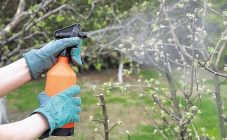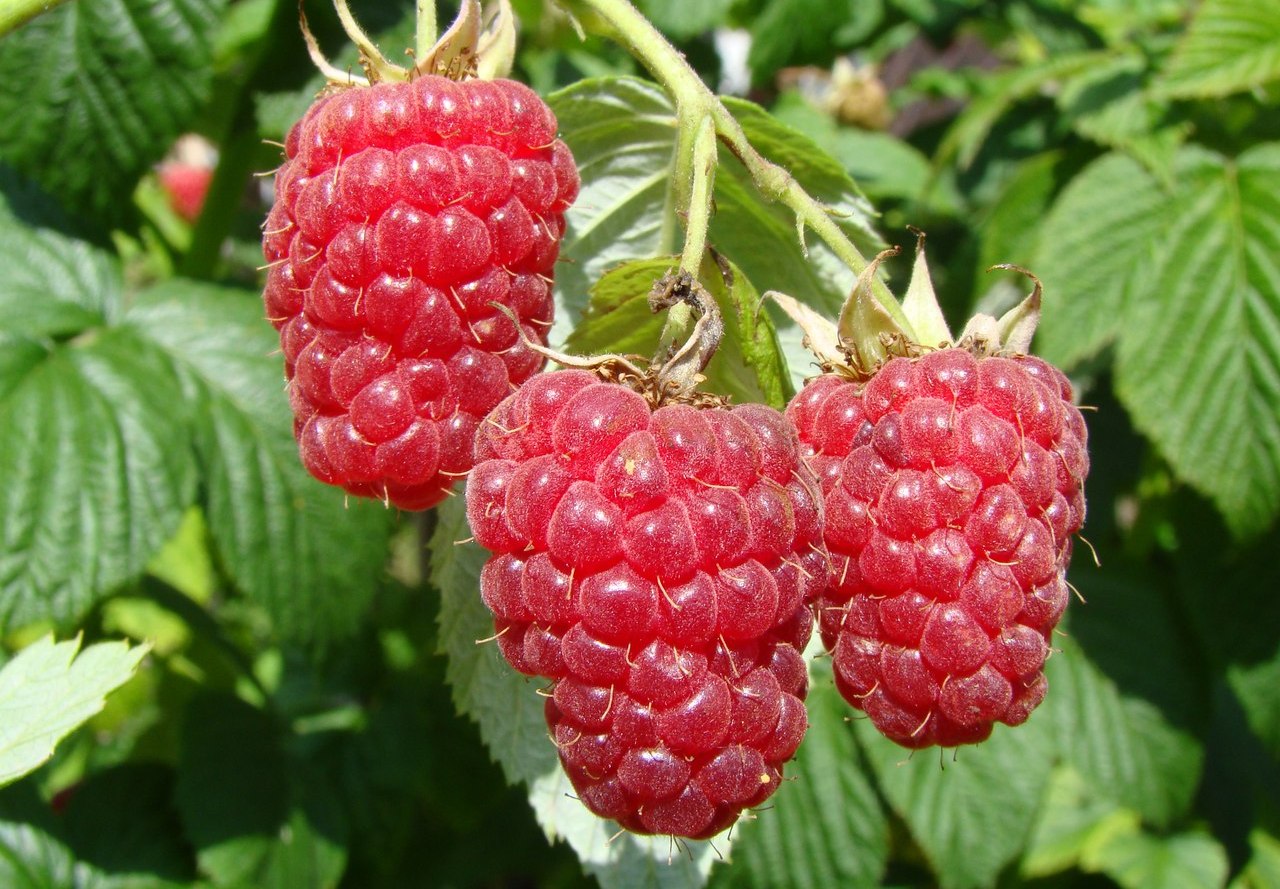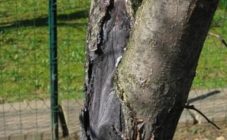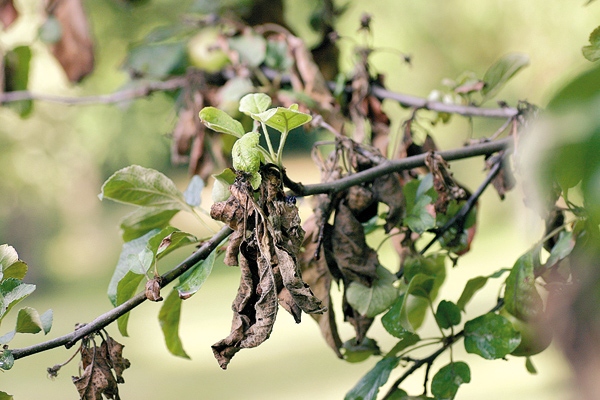Having planted the first seedling of the future apple orchard, any owner expects that in the future it will be possible to get good yields from him. But, unfortunately, this is not always the case, even abundant flowering may not lead to the desired result. In this case, the question arises, why does the apple tree not bear fruit? This article will help you understand this and a number of other issues.
Apple tree that does not yield crops
Having understood the existing situations of lack of fruit, you can determine the problem. Upon identifying the problem, the gardener has only two steps left: to destroy the reason for the lack of fruiting and wait for the next season, in which it will be possible to taste the long-awaited apples.
Possible reasons
The easiest way to answer the question is why the apple tree blooms but does not bear fruit. In this situation, the area of causes is quite narrow, so any experienced gardener will be able to give beginners a lot of useful advice on identifying and eliminating the snag.
So, if a young apple tree does not bear fruit or gives poor yields, you should first of all pay attention to secondary signs, which play a much larger role than it might seem at first glance.
Complete lack of fruiting
If a productive early variety is planted, but all the dates for the first fruiting have passed, and there are still no apples, then the planting was performed incorrectly. It is very important to observe many factors that can play a negative role in the formation of the yield of a young tree. Among them are the following:
- unsuitable soil characteristics;
- groundwater is too close to the root;
- the root collar is very coarse;
- the trunk is deformed: bent or bent;
- there are many drafts at the landing site or a cold wind blows.
Even one of these problems can lead to a lack of harvest in due time, delaying it for several years. They can be solved in various ways, up to transplantation.
Young age
No less important is information about how many years the apple tree begins to bear fruit. Perhaps it does not bear fruit, not because of the presence of problems, but simply you need to wait a few more seasons before entering the right age. The seedling must adapt to new conditions, acquire a strong root system and a good crown. Even the date of harvest, named by the seller, may undergo some adjustment.
The average time before the first harvest is 5 years. But at the same time, some trees begin to bear fruit only 7 years after planting. There are also trees that will delight you with apples only after 20 years.
To find out for what year the apple tree bears fruit after planting, the information presented below will help:
- a tall stock, if all work is carried out correctly, gives the first harvest after 6 years, but there are times when you have to wait an additional 4 years;
- undersized ones give a crop after 3 years, but sometimes you need to wait until 5 years of age;
- semi-dwarf and dwarf rootstocks bear fruit in 2-4 years;
- columnar enter the fruiting period at the age of 2-3 years.
These indicators are not the main ones. In addition to them, the selected variety and many other related factors play an important role. For example, a seed stock bears fruit after 6 years, but the same stock on a dwarf tree will yield its first crop several years earlier.
Quite often, a young apple tree bought on the market may not yield a crop for the following reasons:
- the seller indicated the wrong age when selling, and the seedling was much younger;
- cases of re-grading are not uncommon;
- a very bad option is to buy an un-grafted seedling or wild game. At the same time, the first option is bad only with a long wait, and the second, as a result, will not allow you to get a harvest at all. Sour, small apples grow in the wild.
Supersaturation with trace elements
The reason for the lack of fruit on young stands, as well as the fact that mature trees have ceased to bear fruit at all, may be the excessive zeal of the gardener who has applied too much fertilizer that increases the level of nitrogen in the soil. In this case, the apple tree blooms, but does not bear fruit. What to do in this situation? Just wait a few seasons.
Damaged flowers
It is also possible for an absolutely natural reason why the adult trees stopped, and the young ones did not begin to bear fruit - severe frosts:
- In winter varieties, the buds could be damaged during spring frosts. A situation with the absence of frost is possible, but with abnormally cold weather, due to which the apple blossom could not form in the ovary. In general, this will not harm them, but there will be no apples this year.
- Heat-loving varieties suffer much more from frost. In severe winters, they can get critical frostbite, which will undoubtedly be noticeable. Such a combination of circumstances can slow down development, the tree will stop growing altogether and its life will be under threat.
Poor pollination
Poor pollination can lead to poor yields. There are not so many completely self-pollinated varieties, and the most common are only partially self-pollinated. You can avoid problems by planting several trees nearby, blooming at the same time. At the same time, the trees should be chosen precisely for the flowering period, and not for fruiting, since the same ripening period does not guarantee that they also bloom at the same time.
Irregular fruiting
If a tree brings crops through the season, then this does not mean that there are any problems. Perhaps this variety has a cyclical rather than an annual yield. It is also possible that the apple tree gives richer yields than it is capable of, and therefore it should rest.
Varietal feature
In the absence of crops, you need to pay close attention to the variety of the planted tree. Perhaps he needs special conditions. For instance:
- Varieties such as White filling and Melba need constant care from a gardener, otherwise they will not bear fruit every year. They are also not self-pollinated and require several trees on the site.
- If an adult Medunitsa tree has stopped bearing fruit, it may have entered a special cycle. The tree gives stable yields for 10 years, and then only once every 2 years.
- Spartan bears fruit of lower quality with age, also bears fruit irregularly.
- There are many reasons why the columnar apple tree does not bear fruit. The first thing to do in this case is to increase care and carefully cover for the period of winter cold.
An apple tree may not yield a crop due to improper pruning of shoots and shoots, damage to branches. Pruning too hard when too many branches are removed is a common cause. In this case, the apple tree requires strength for vegetative growth, it does not form flowers. Therefore, when pruning, you need to do everything right.
How to overcome fruiting problems
Having learned the main reasons why the lack of fruiting is possible, you can begin to eliminate them.
Incorrect tree planting
In this case, there are several options for action: perform additional work to improve the situation on the spot or make a transfer:
- When choosing the first option, a good drainage system should be made that can divert groundwater, feed with the necessary elements with poor soil. If the problem is related to trunk deformation, you need to correct the situation by tying the plant to a support. A deep planting is not critical, since the tree will still bear fruit, although later, but it will grow stronger and more resistant to disease.
- The second option involves finding a more convenient place for transplanting a seedling. It is worth noting that if the apple tree was originally planted on the north side, then no additional work, except for the construction of the barrier wall, will help, you will have to replant.
Creating conditions for pollination
A tree that does not bring the long-awaited harvest, but all the conditions are met, may need a pollinator. In this case, a tree with the same flowering time planted next door will help to make it bear fruit. If this is not possible, you can vaccinate against a different variety. It will not be superfluous to plant honey plants in the garden, which will attract bees and other pollinating insects. It will be possible to look at the results of such a step already in the next season of apple blossom.
Top dressing
It is very important to feed both young and adult trees in a timely manner, but it is important to monitor the dosage here. Although some budding gardeners neglect the instructions and do not wonder why they are needed, especially when it comes to nitrogen supplements.
Pest control
Flower beetles can cause huge damage to trees, from which garden plants must be carefully protected by preventive spraying in early spring, as well as 2 weeks before and after flowering. Best of all, preparations are suitable for these purposes, which contain copper and sulfur - home, cupricop, Bordeaux liquid. Alternatively, you can buy systemic fungicides that have a longer duration of action: rayk, topaz, fast.
Cropping and rationing
The fruiting of a fruit tree completely depends on the correctness of the work performed on pruning and rationing. If done correctly, it will bear fruit every year.
- Regardless of the choice of the variety, you need to make sure that the tree has a lot of free space, and the rays of light pass through the branches, since the apple tree is a light-loving plant. Professional pruning will help with this.
- No less important is the work on the formation of the crown, starting from the moment of disembarkation.
- Gardeners know that the main thing is not just to cut off excess, but to give each leaf access to the rays of the sun and a lot of free space.
- After the seedling reaches 5 years of age, the tops should be regularly cut off, not exceeding the height of 4 m.
- If you cut off a lot of excess branches, the tree will increase the amount of leaf cover, but the harvest will be poor or not at all. If a strong rejuvenation is necessary with the elimination of many branches, work is carried out over several seasons.
- When pruning, experienced gardeners recommend removing branches growing vertically.
Having examined the problems associated with the lack of a crop and methods of elimination, one cannot but recall the folk methods that are not scientifically proven, but effective, therefore they are used by gardeners.Below are just 2 of the many that exist:
- First of all, it should be noted that most gardeners are guided by the phases of the moon when landing. So, in their opinion, you need to plant an apple tree a few days before the onset of the new moon. It is noticed that this allows limiting the growth of the plant, which stimulates the entry into the fruiting period much earlier.
- The next, absolutely unscientific method of getting a harvest from a tree that blooms but does not produce fruit is to intimidate. They approach a tree with a saw or an ax and threaten to use it for firewood.
It seems that the first method can still be somehow explained. The second one defies common sense, but, nevertheless, it works, therefore it is still popular. However, the good thing is that it is effective in achieving the good goal of harvesting fragrant apples.

